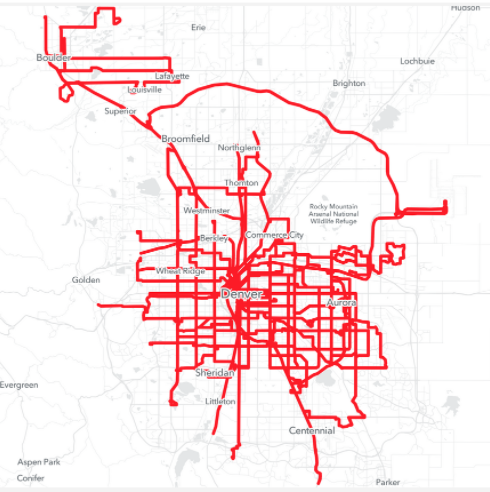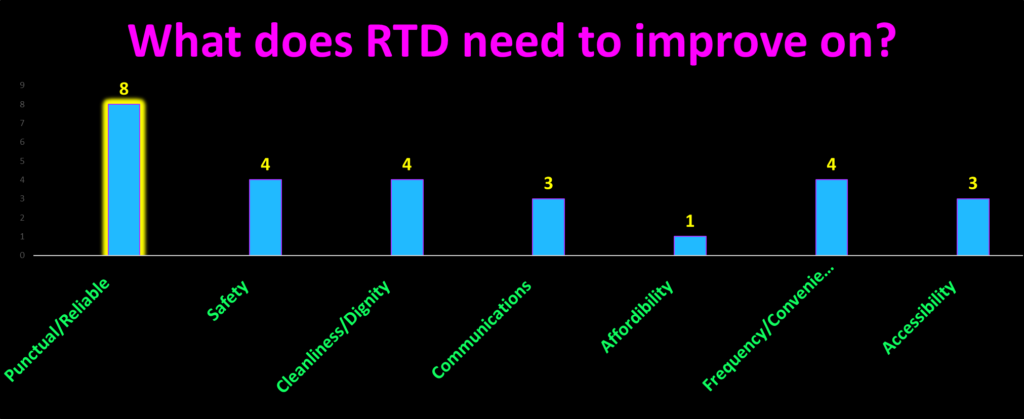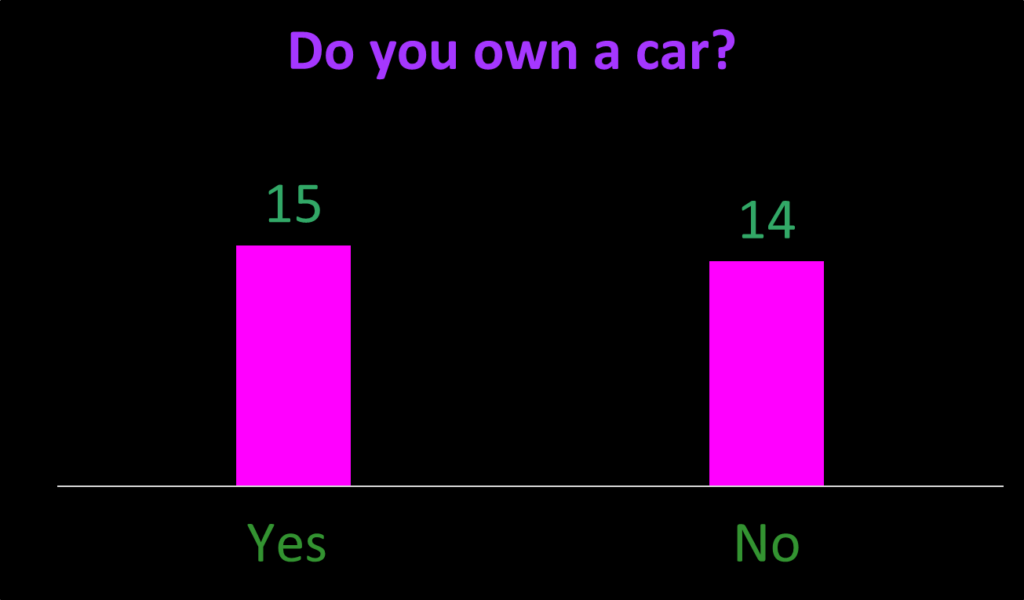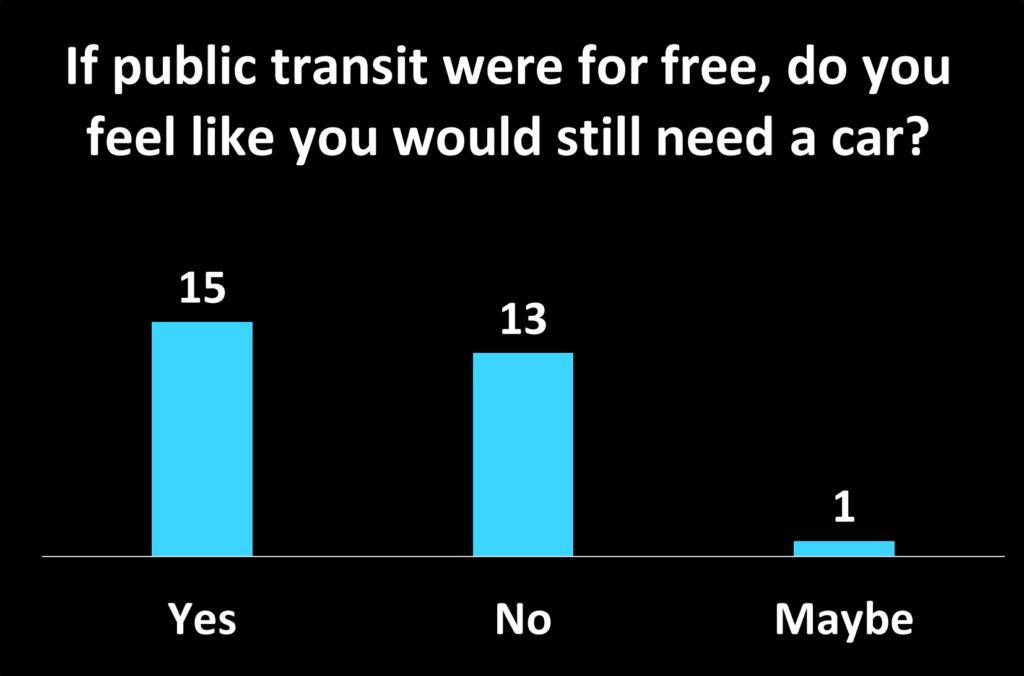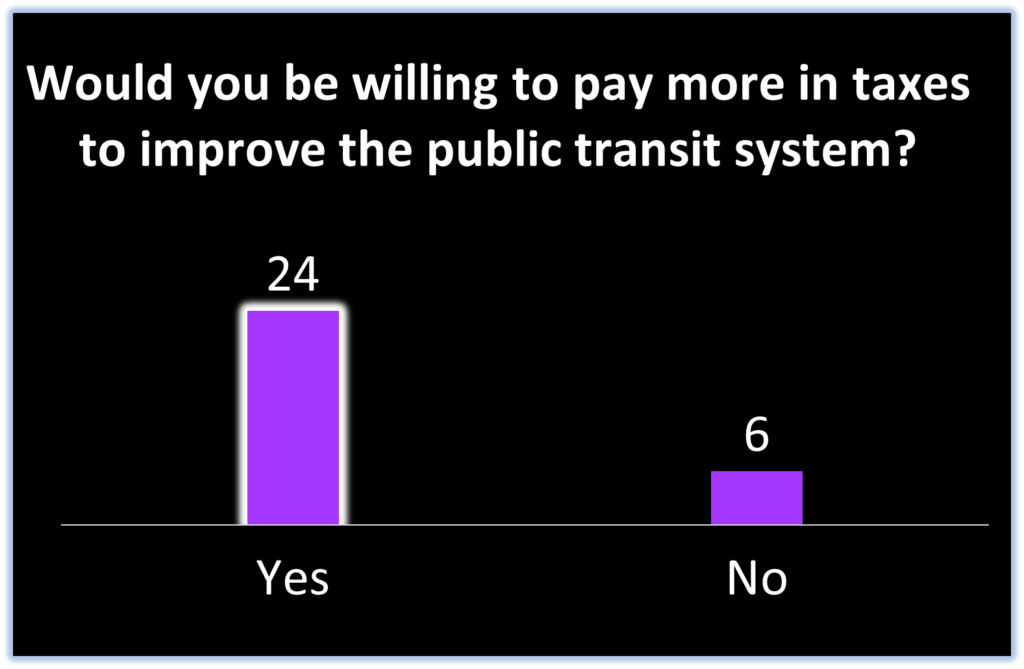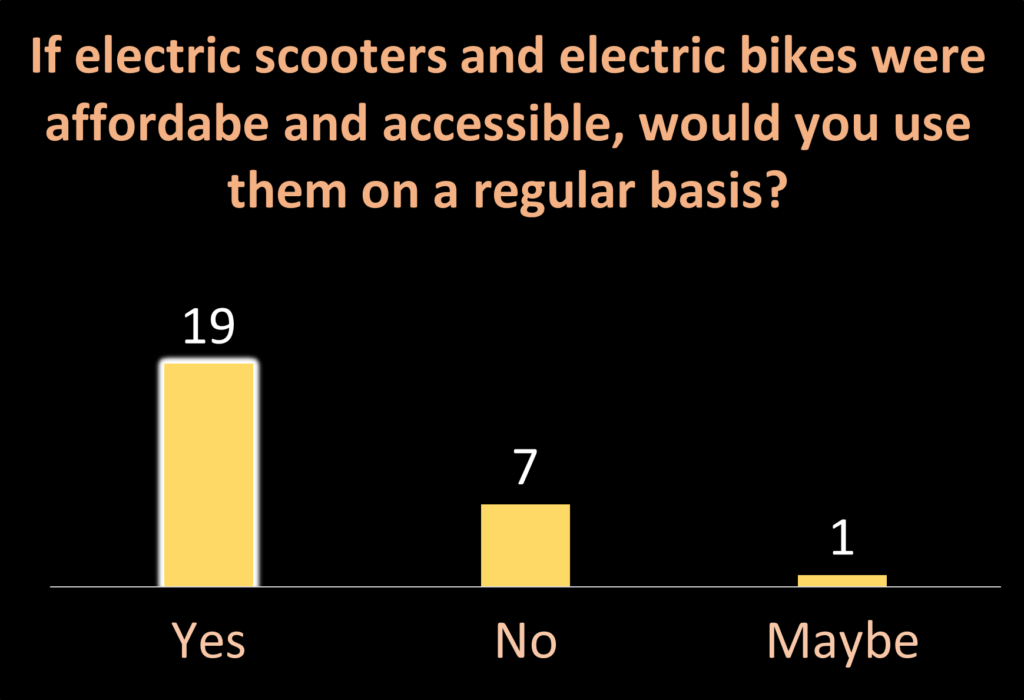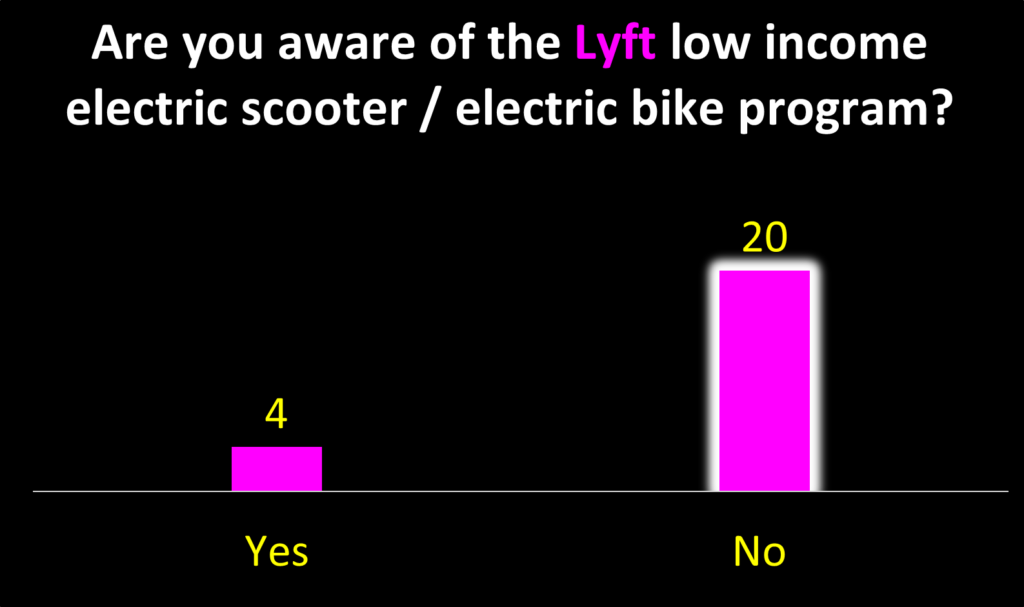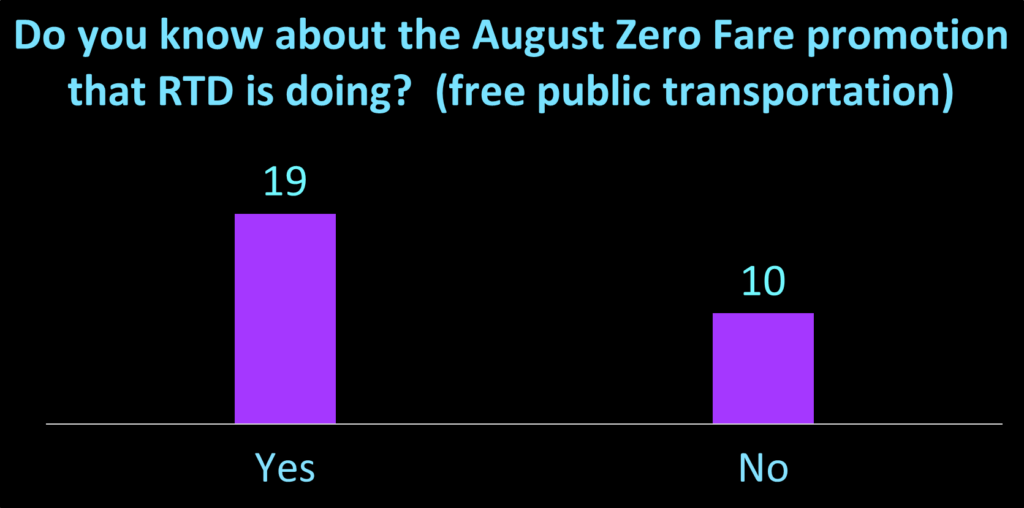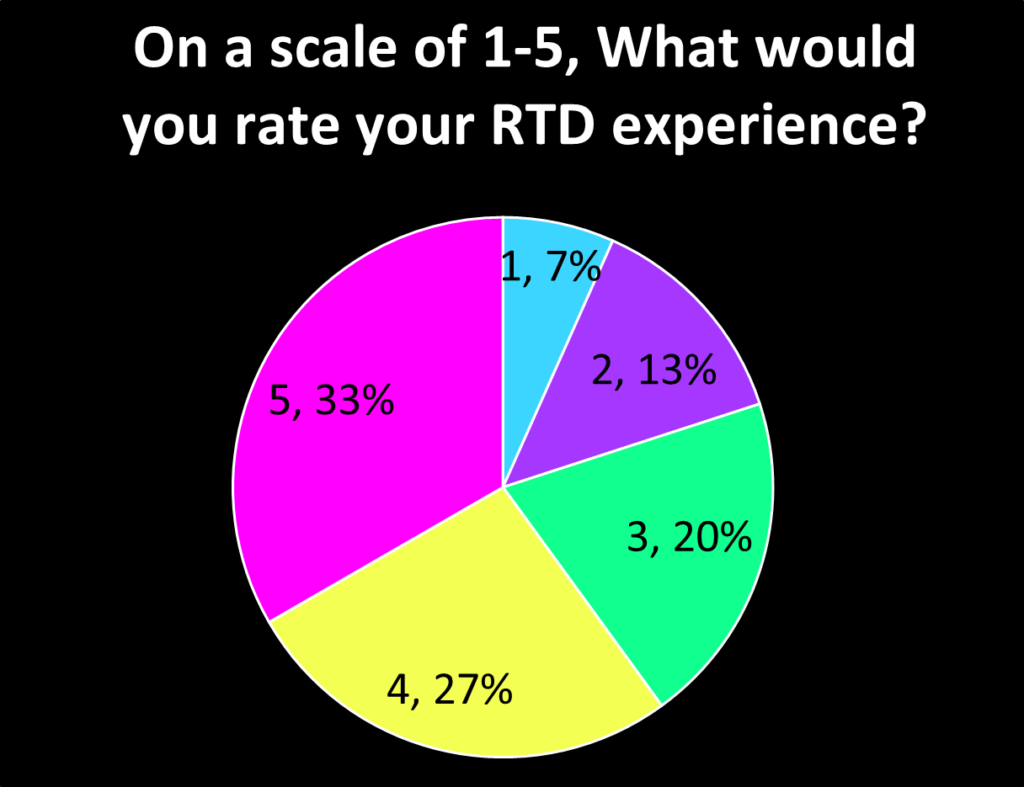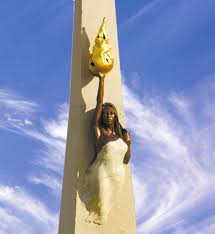Download the Transit APP Here for Free
Denver is the 19th largest city by population in the United States, but the Denver area is known to be one of the top 10 public transportation systems in the country. What are you waiting for? Download the applications and go!


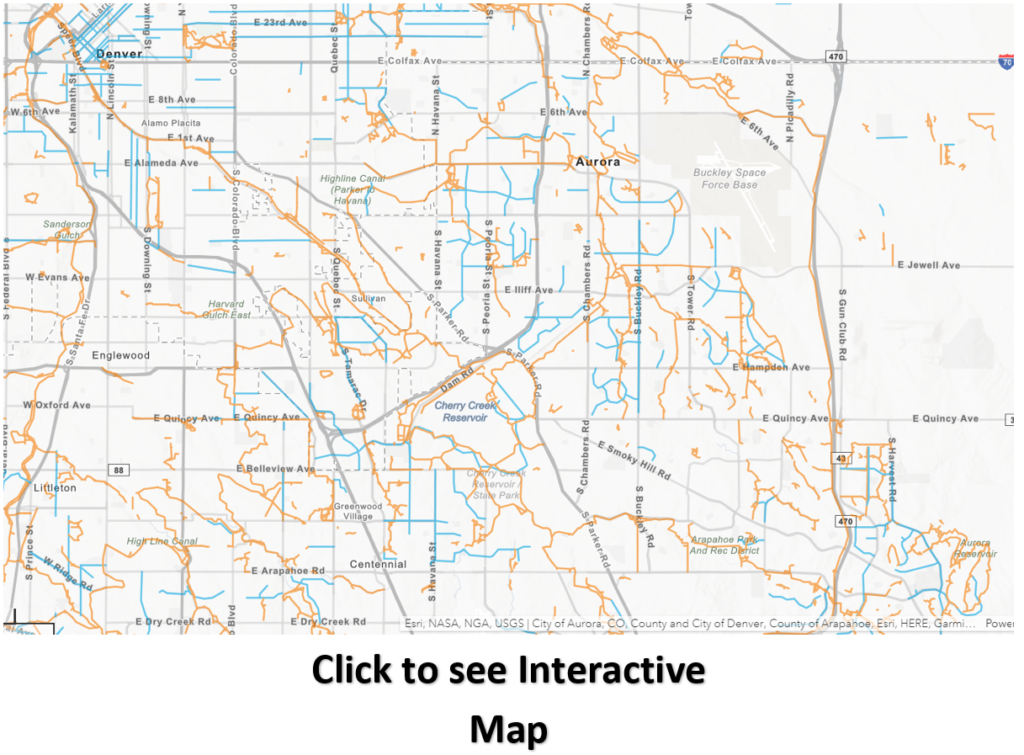
“Chatgpt…tell me some amazing reforms that can be made for public transportation.”
Public transportation reform is a complex issue that requires multiple approaches to achieve a better system. Here are a few solutions that have been implemented or proposed in different parts of the world:
Integrating technology: Implementing technology such as GPS tracking, real-time arrival information, and smart ticketing systems can greatly improve the efficiency and accessibility of public transportation.
- Improving infrastructure: Upgrading infrastructure such as bus stops, train stations, and tracks can provide a safer and more comfortable experience for passengers.
- Encouraging alternative modes of transportation: Promoting the use of bicycles, electric scooters, and other alternative modes of transportation can help to reduce traffic congestion and carbon emissions.
- Increasing public-private partnerships: Collaborating with private companies to fund and operate public transportation services can bring in new investment and expertise.
- Implementing congestion pricing: Implementing congestion pricing, where drivers are charged a fee for driving into congested areas during peak hours, can incentivize the use of public transportation and reduce traffic.
- Providing subsidies: Governments can provide subsidies to make public transportation more affordable for low-income individuals and families.
- Improving accessibility: Making public transportation accessible for individuals with disabilities, elderly people, and families with strollers can improve the system’s inclusiveness.
These are just a few examples of solutions that can help to reform public transportation. The specific approach that works best will depend on the unique context of each city or region.
What is shared mobility?
Shared mobility is a mode of transportation typically involving e-scooters, e-bikes, bicycles and other transportation devices that provides customers the ability to pick-up a device from one location and leave it at another in the form of a short-term rental. Vehicles can either be parked using docks (a fixed locking station) or are dockless (free-flowing) using internal locking mechanisms.
Why is shared mobility important?
Providing low-emission mobility options can create a more diverse, convenient and accessible transportation network that will reduce greenhouse gas emissions, traffic congestion, and improve the overall quality of life in Aurora. Shared mobility also provides more ways to get around. Having a variety of mobility options available to people can make them more comfortable traveling without a vehicle and can make transit more convenient to use.
How does shared mobility work in Aurora?
Private shared mobility companies are required to obtain a license to operate in Aurora. Licensed operators are authorized by the city to deploy, operate, and maintain a public shared mobility transportation rental device service throughout Aurora pursuit to the terms and provisions of the program. Private shared mobility operators supply and maintain the rental vehicles while meeting specific city requirements for safety, operations, rider education, and device parking. Anyone may rent a vehicle by downloading the company’s application to a smart phone. Information about how to check out and return vehicles is typically provided on the devices, or on the app and/or website. The program is not supported by any city capital investment. – Auroragov.org
Denver Metro’s current frequent transit network

What Denver’s frequent transit network would look like after a 40% increase in transit service
